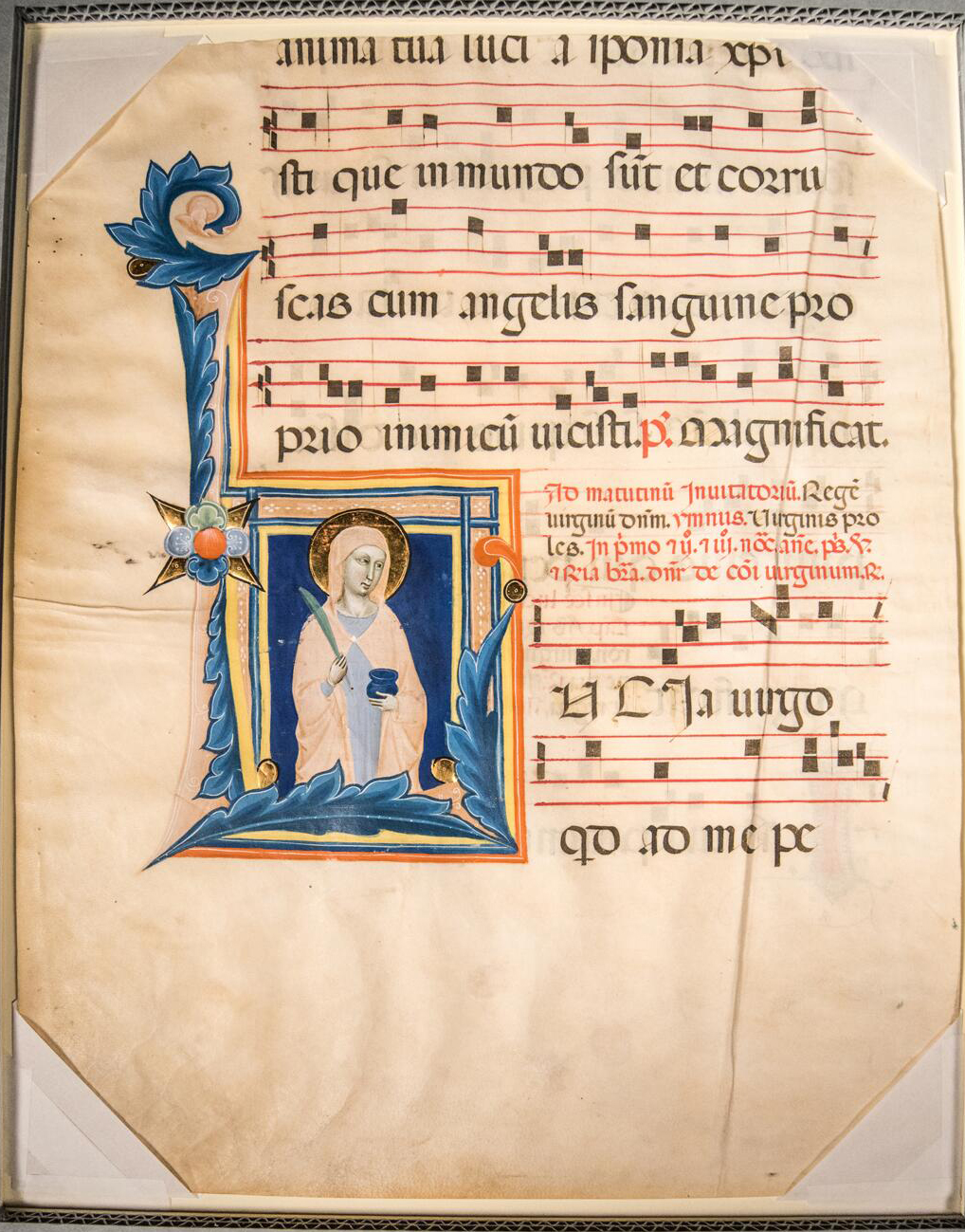The trafficking in stolen, looted, or forged art, antiquities, and other cultural objects benefits criminal organizations and terrorist groups, erodes the legal art market, and harms our relationships with foreign partners and allies. To combat trafficking, U.S. law enforcement personnel received specialize training on trends in illicit trade.The trafficking in stolen, looted, or forged art, antiquities, and other cultural objects benefits criminal organizations and terrorist groups, erodes the legal art market, and harms our relationships with foreign partners and allies. To combat trafficking, U.S. law enforcement personnel received specialize training on trends in illicit trade.
05_italian_repatriation_14th_century_illuminated_manuscript_page_from_codex_d_120716_jd.jpg
 14th Century Illuminated Manuscript repatriated to Italy in 2016 by U.S. Immigration and Customs Enforcement (ICE) and U.S. Customs and Border Protection
14th Century Illuminated Manuscript repatriated to Italy in 2016 by U.S. Immigration and Customs Enforcement (ICE) and U.S. Customs and Border Protection
This training was the second in a series of virtual anti-trafficking workshops supported by the CATF and organized by the Smithsonian Institution’s Museum Conservation Institute, HSI, and FBI. The workshops provided U.S. law enforcement with knowledge and capabilities to help identify, investigate, and prosecute activities related to some of the most-trafficked categories of cultural property.
This workshop supplemented the CATF’s annual training program that, in partnership with HSI and Smithsonian, has now trained over 360 law enforcement personnel since 2009. Collectively, members of the CATF have successfully repatriated more than 20,000 pieces of cultural property to more than 45 countries since 2004.
About the Cultural Antiquities Task Force
Created by the State Department in 2004 at the direction of Congress, the CATF comprises federal agencies that share a common mission to combat antiquities trafficking in the United States and abroad. Since its creation, the CATF has supported more than 100 domestic and international cultural property training programs. CATF is a law enforcement focused working group of the Cultural Heritage Coordinating Committee. Both are managed by the State Department’s Cultural Heritage Center.



